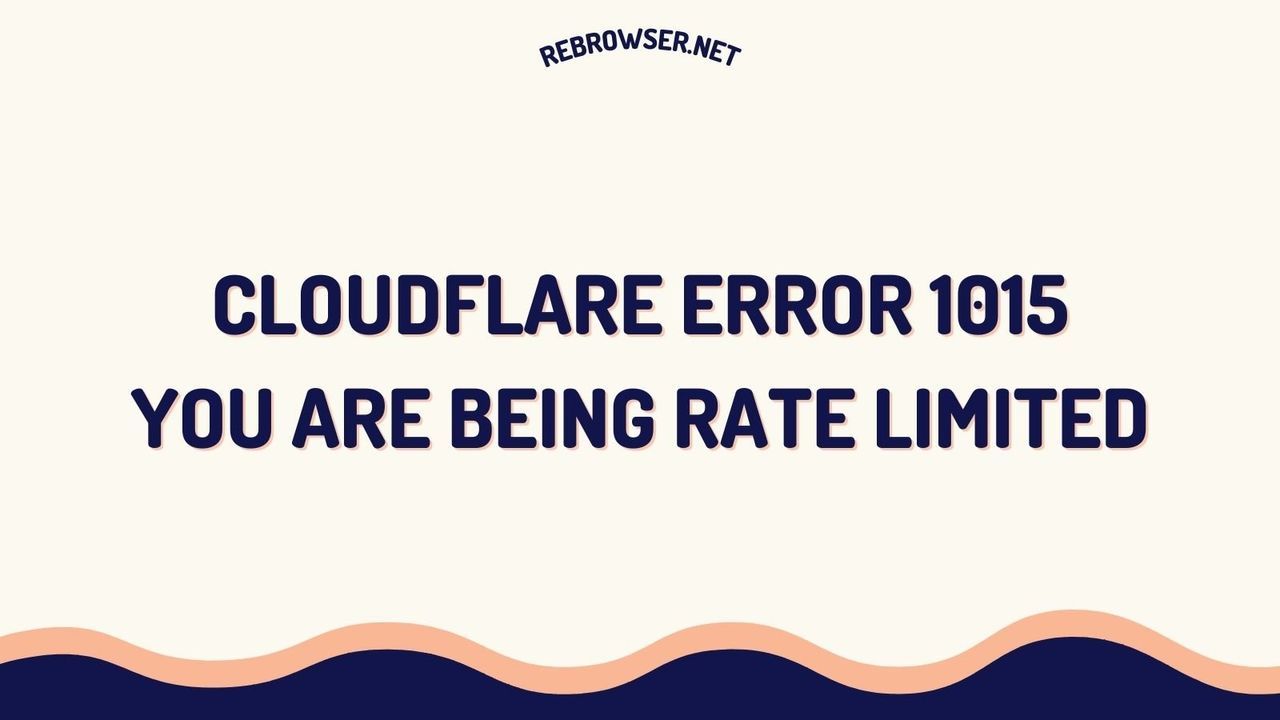Screen Scraping in 2025: A Modern Guide to Automated Data Collection for Businesses and Developers
Key Takeaways
- Screen scraping focuses on extracting visual data from user interfaces, making it distinct from traditional web scraping by capturing rendered content rather than source code
- Modern screen scraping combines OCR technology with AI to accurately capture and process visual data from complex interfaces
- While legal, screen scraping requires careful attention to security protocols, especially when handling sensitive data like financial information
- The emergence of specialized tools and APIs has made screen scraping more accessible and reliable for businesses of all sizes
- Real-world applications range from competitive analysis to legacy system migration and automated testing
What is Screen Scraping?
Screen scraping is an automated data collection method that captures visual information directly from a user interface, whether it's a website, application, or legacy system. Unlike traditional web scraping that focuses on HTML and source code, screen scraping works with rendered content - what users actually see on their screens.
The Evolution of Screen Scraping
Modern screen scraping has come a long way from its origins in mainframe terminal emulation. Today's tools combine Optical Character Recognition (OCR), artificial intelligence, and sophisticated pattern matching to accurately capture data from complex interfaces. According to recent studies by Gartner (2024), over 60% of enterprises now use some form of screen scraping for data collection or process automation. The journey of screen scraping technology reflects the broader evolution of data collection needs in the digital age. What began as a simple tool for capturing text from terminal screens has transformed into a sophisticated ecosystem of technologies capable of interpreting and extracting data from virtually any digital interface. This evolution has been driven by the increasing complexity of user interfaces and the growing demand for automated data collection solutions across industries. From financial services to e-commerce, organizations are finding innovative ways to leverage screen scraping for competitive advantage and operational efficiency.
Screen Scraping vs. Web Scraping: Understanding the Distinction
While often confused, screen and web scraping serve different purposes. For a deeper understanding of these approaches, check out our guide on web scraping vs API data extraction methods:
| Feature | Screen Scraping | Web Scraping |
|---|---|---|
| Data Source | Rendered UI elements | Source code (HTML, JavaScript) |
| Use Cases | Legacy systems, complex UIs, dynamic content | Static websites, structured data |
| Technology | OCR, image processing, UI automation | HTML parsing, API calls |
How Screen Scraping Works: A Technical Deep Dive
Modern screen scraping involves several key components:
1. Interface Recognition
The scraper first analyzes the screen layout to identify UI elements like text fields, buttons, and images. This process often uses computer vision algorithms to understand the visual hierarchy.
2. Data Extraction
Once elements are identified, the scraper captures the relevant information using techniques like: - Optical Character Recognition (OCR) - Pattern matching - Coordinate-based extraction - Image processing
3. Data Processing
Raw captured data is then processed through:
# Example Python code for basic screen scraping
import pyautogui
import pytesseract
def capture_screen_region(x, y, width, height):
# Capture specific screen region
screenshot = pyautogui.screenshot(region=(x, y, width, height))
# Extract text using OCR
text = pytesseract.image_to_string(screenshot)
return text
Security Considerations and Best Practices
Security remains a critical concern in screen scraping, especially when handling sensitive data. Recent regulations like the EU's Digital Services Act (2024) have introduced new requirements for automated data collection. Learn more about handling common challenges in our guide to solving web scraping errors and bypassing protection.
Essential Security Measures
- Data encryption during capture and transmission
- Secure credential management
- Rate limiting and access controls
- Audit logging
- Compliance with regional regulations
- Understanding anti-scraping measures and protections
When implementing these security measures, organizations must take a comprehensive approach that addresses both technical and procedural aspects. This includes regular security audits, employee training on data handling protocols, and maintaining detailed documentation of all screen scraping activities. Additionally, it's crucial to establish clear policies regarding data retention and disposal, ensuring that captured information is stored only as long as necessary and deleted securely when no longer needed. The implementation of these security measures should be viewed as an ongoing process rather than a one-time setup. Regular reviews and updates are essential to address emerging threats and adapt to new regulatory requirements. Organizations should also consider implementing incident response plans specifically tailored to address potential security breaches related to screen scraping operations.
Modern Use Cases and Applications
1. Competitive Intelligence
Companies like PriceSpy use screen scraping to monitor competitor pricing and product offerings in real-time.
2. Financial Data Aggregation
Despite the rise of APIs, screen scraping remains crucial for financial aggregators handling legacy systems. For example, Plaid still uses selective screen scraping for institutions without API access.
3. Testing and Quality Assurance
Modern QA tools leverage screen scraping for visual regression testing and UI validation. According to recent data from Stack Overflow's 2024 Developer Survey, 45% of QA teams use screen scraping in their automated testing pipelines.
Implementation Guide: Getting Started with Screen Scraping
Step 1: Choose Your Tools
Popular screen scraping tools include:
Step 2: Design Your Scraping Strategy
Consider factors like: - Update frequency requirements - Error handling approach - Data validation methods - Storage and processing pipeline When designing your scraping strategy, it's essential to develop a comprehensive plan that accounts for both technical and business requirements. This includes establishing clear success metrics, defining data quality standards, and creating contingency plans for handling various failure scenarios. A well-thought-out strategy should also consider scalability requirements and resource allocation, ensuring that your screen scraping solution can grow with your organization's needs. Key elements of a robust scraping strategy include: - Detailed documentation of target interfaces and their characteristics - Clear protocols for handling rate limits and access restrictions - Regular monitoring and maintenance schedules - Performance optimization guidelines - Data quality assurance processes - Resource allocation and scaling plans
Future Trends and Innovations
The screen scraping landscape continues to evolve with emerging technologies: 1. AI-Enhanced Recognition Advanced machine learning models are improving accuracy in complex interface recognition. 2. Low-Code Solutions New tools are making screen scraping accessible to non-technical users through visual builders and automated setup. 3. Hybrid Approaches Modern solutions combine traditional screen scraping with API integration and web scraping for optimal results.
Practitioner Insights: Voices from the Field
Practical insights from the development community suggest that while screen scraping tools have become more sophisticated, developers still face both common challenges and opportunities when implementing these solutions. Technical teams have discovered several unexpected aspects of screen scraping that aren't immediately apparent from documentation alone. Many developers emphasize the importance of a systematic approach to screen scraping projects. The commonly recommended workflow involves carefully inspecting target interfaces, identifying specific data points for extraction, and developing robust error handling before beginning actual implementation. This methodical approach has proven especially valuable for complex scraping tasks involving dynamic content or secured interfaces. Experienced practitioners often highlight the distinction between theory and practice in screen scraping implementations. While basic scraping might seem straightforward, real-world applications frequently require handling edge cases like CAPTCHAs, dynamic loading, and rate limiting. Teams implementing screen scraping solutions have found that investing time in proper planning and testing can significantly reduce maintenance overhead later. Interestingly, the community shows a clear divide between those advocating for pure screen scraping approaches versus hybrid solutions that combine multiple techniques. Senior engineers in various discussion threads point out that while dedicated screen scraping tools work well for specific use cases, many modern applications benefit from combining screen scraping with API integration and traditional web scraping methods for optimal results.
Conclusion
Screen scraping remains a vital tool in the modern data collection landscape, especially as organizations deal with increasingly diverse data sources and interface types. While challenges around security and accuracy persist, new technologies and best practices are making screen scraping more reliable and accessible than ever. For organizations looking to implement screen scraping, success lies in choosing the right tools, following security best practices, and staying current with emerging technologies and regulations.





